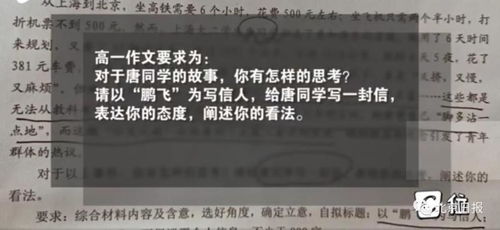Exploring the Mathematical Beauty in Travel
Traveling, beyond its obvious cultural and recreational benefits, offers a unique opportunity to discover the hidden mathematical beauty that surrounds us in the world. Mathematics is not just a subject confined to textbooks and classrooms; it is a universal language that governs the patterns, structures, and symmetries we encounter in nature and manmade creations during our journeys.

When we visit historical landmarks, modern skyscrapers, or traditional villages, we are surrounded by geometric shapes and structures. The symmetry of a cathedral's stainedglass window, the fractal patterns in Islamic tile work, and the spirals of a nautilus shell all reflect mathematical principles such as symmetry, tessellation, and the Fibonacci sequence. By appreciating these geometric wonders, travelers can deepen their understanding of mathematical concepts in a tangible way.
Statistics play a crucial role in the tourism industry. From predicting travel trends to optimizing flight routes and hotel bookings, data analysis helps businesses make informed decisions. Travelers can also apply statistical knowledge to enhance their experiences, whether by analyzing the best times to visit a tourist attraction to avoid crowds or calculating the most costeffective travel itinerary based on available data.
The physics of motion and energy underpin all forms of travel, from the simple act of walking to the dynamics of flight and navigation. Understanding concepts such as velocity, acceleration, and friction can provide insights into the mechanics of transportation systems, the design of amusement park rides, and even the forces at play when surfing on ocean waves. By connecting these physical principles to realworld travel scenarios, one can appreciate the mathematical foundations that make exploration possible.
Optimization, a key mathematical concept, can significantly improve the efficiency and enjoyment of travel. Travelers can utilize algorithms to solve problems like the traveling salesman dilemma, finding the shortest route that visits a list of destinations only once. By employing optimization techniques, travelers can create wellstructured itineraries that minimize travel time and maximize the discovery of new places and experiences.
In conclusion, travel offers a rich tapestry of opportunities to appreciate and apply mathematical principles in a realworld context. By recognizing the mathematical beauty inherent in architecture, statistics, physics, and optimization, travelers can deepen their understanding of the world around them while enhancing their travel experiences. So, next time you embark on a journey, remember to keep an eye out for the hidden gems of mathematical beauty along the way.
